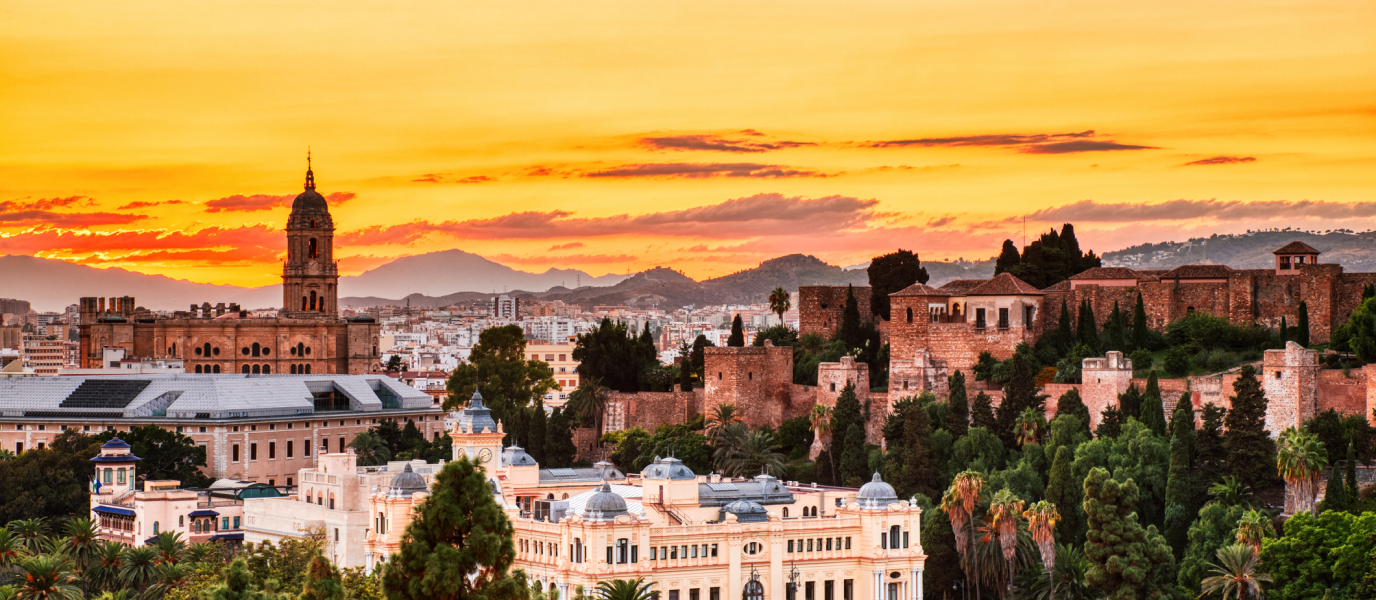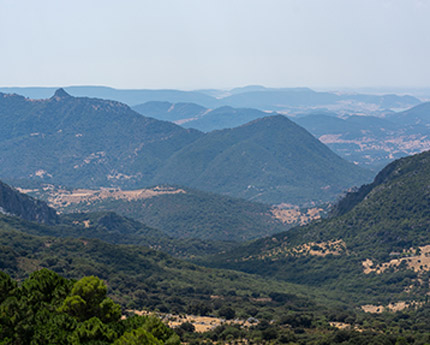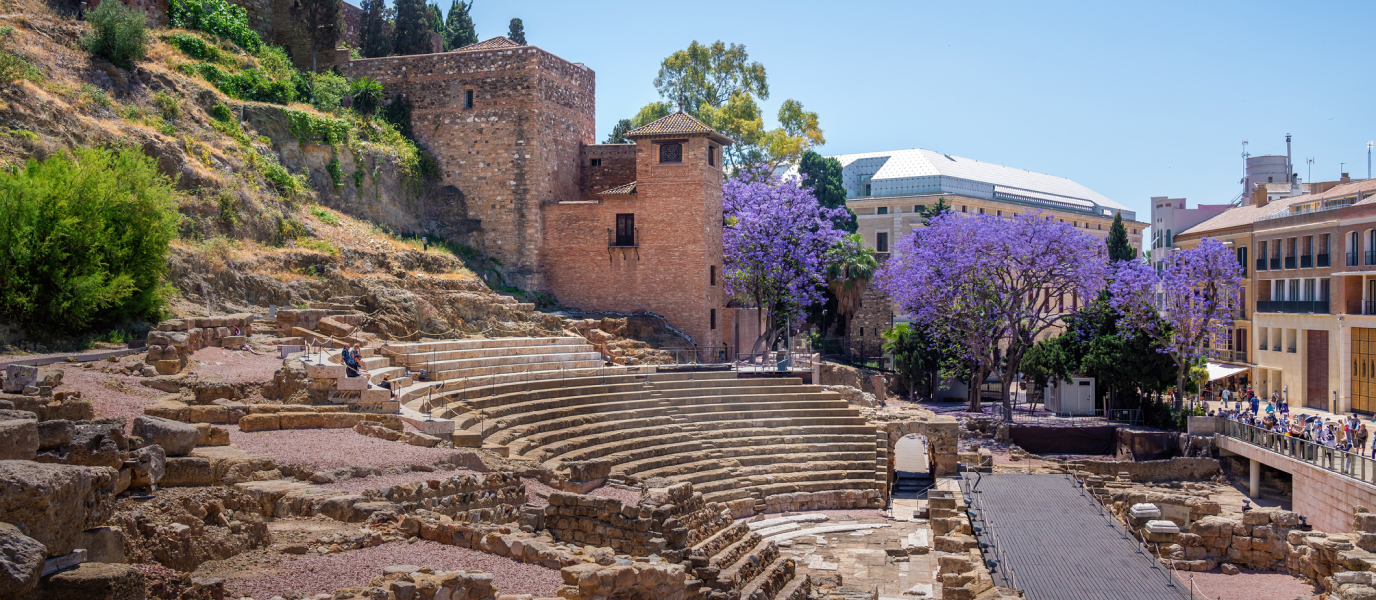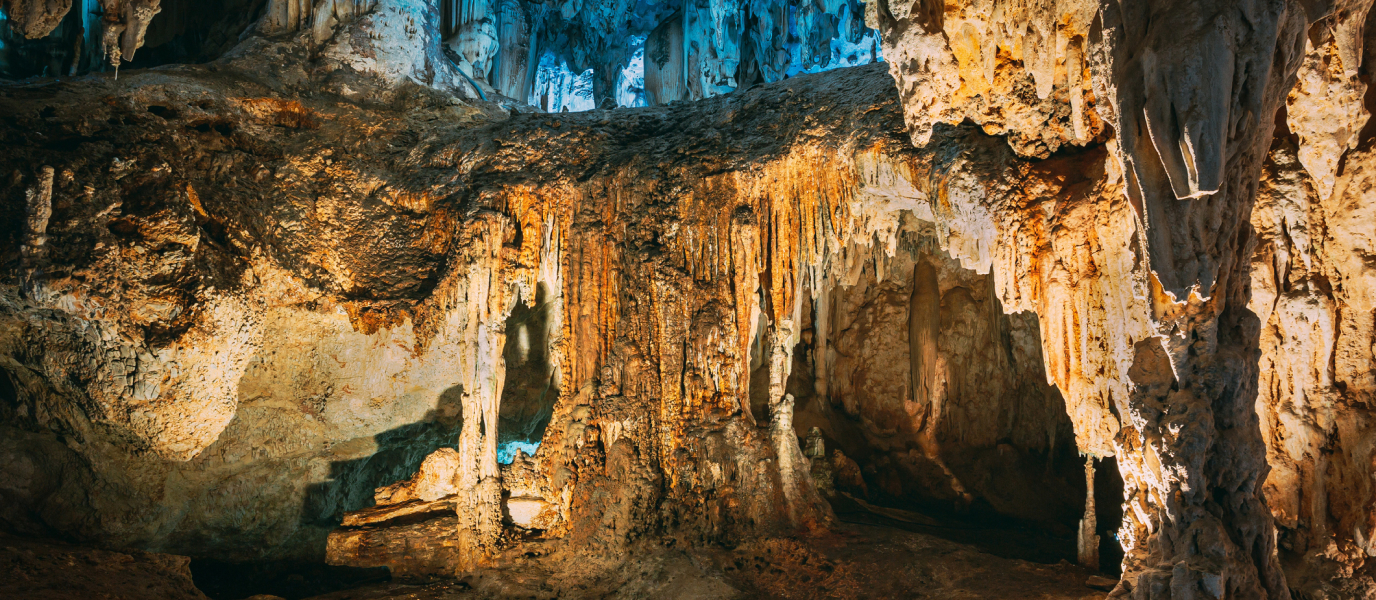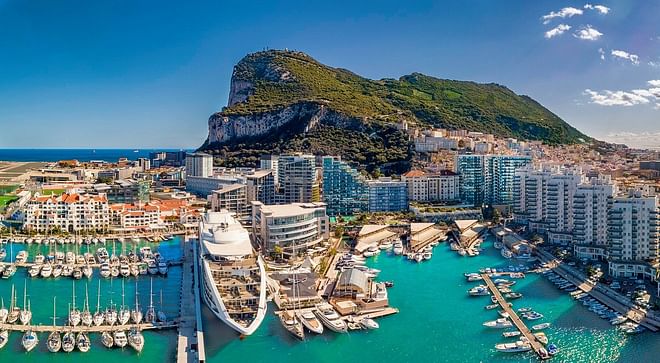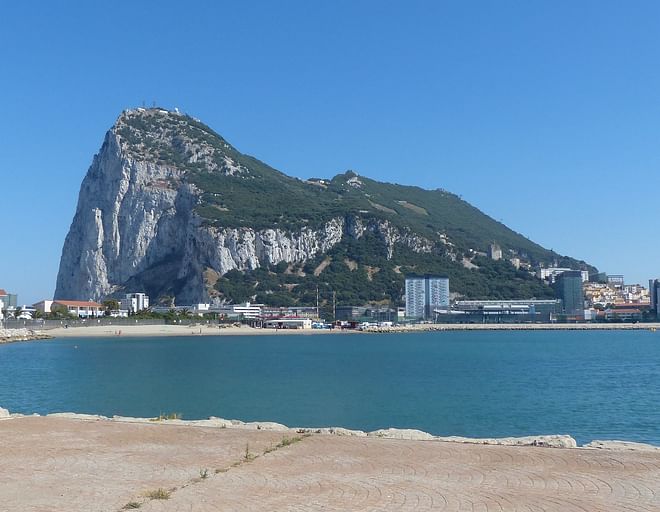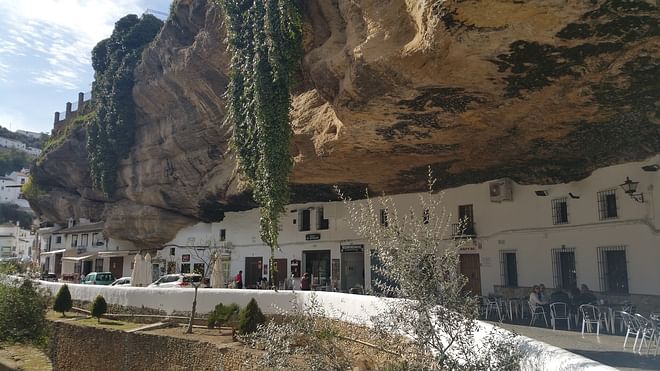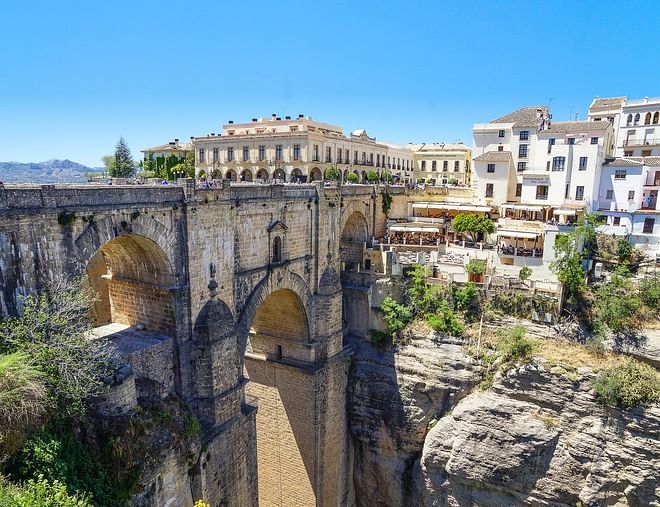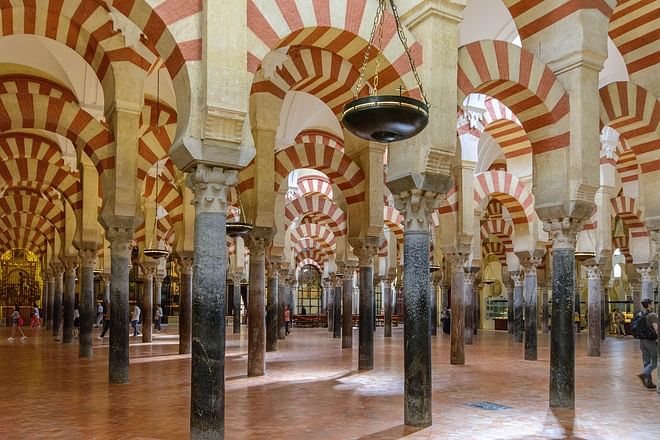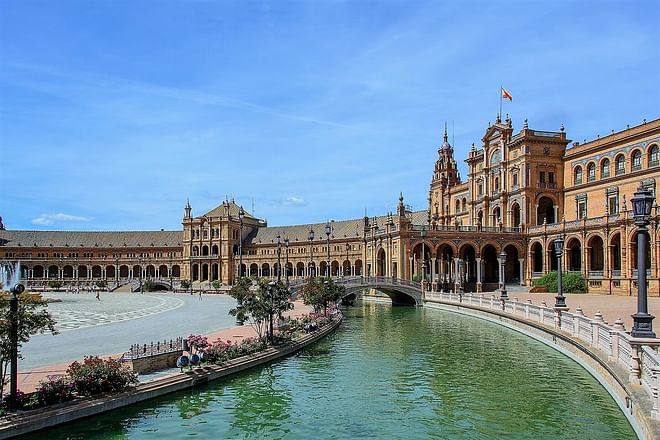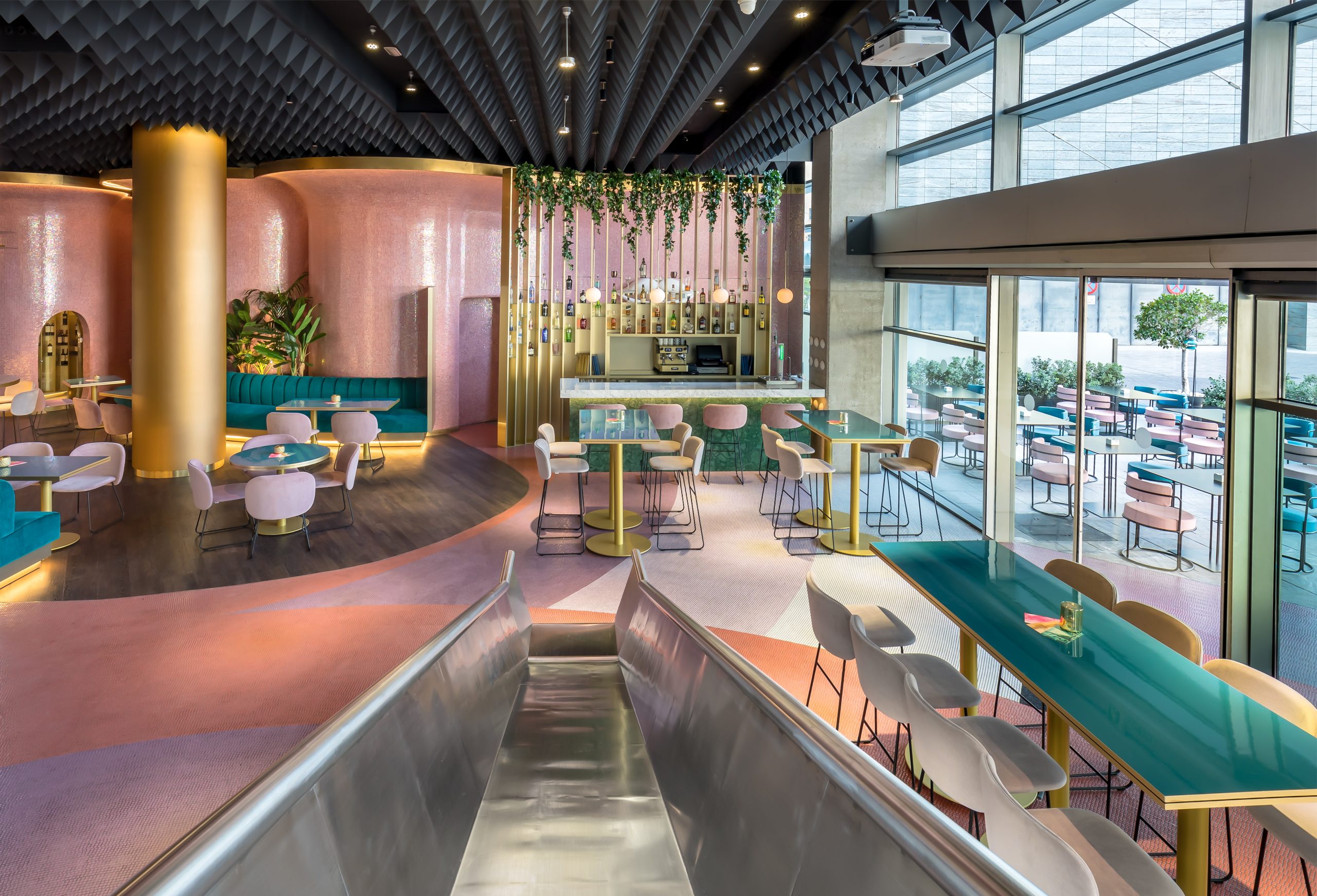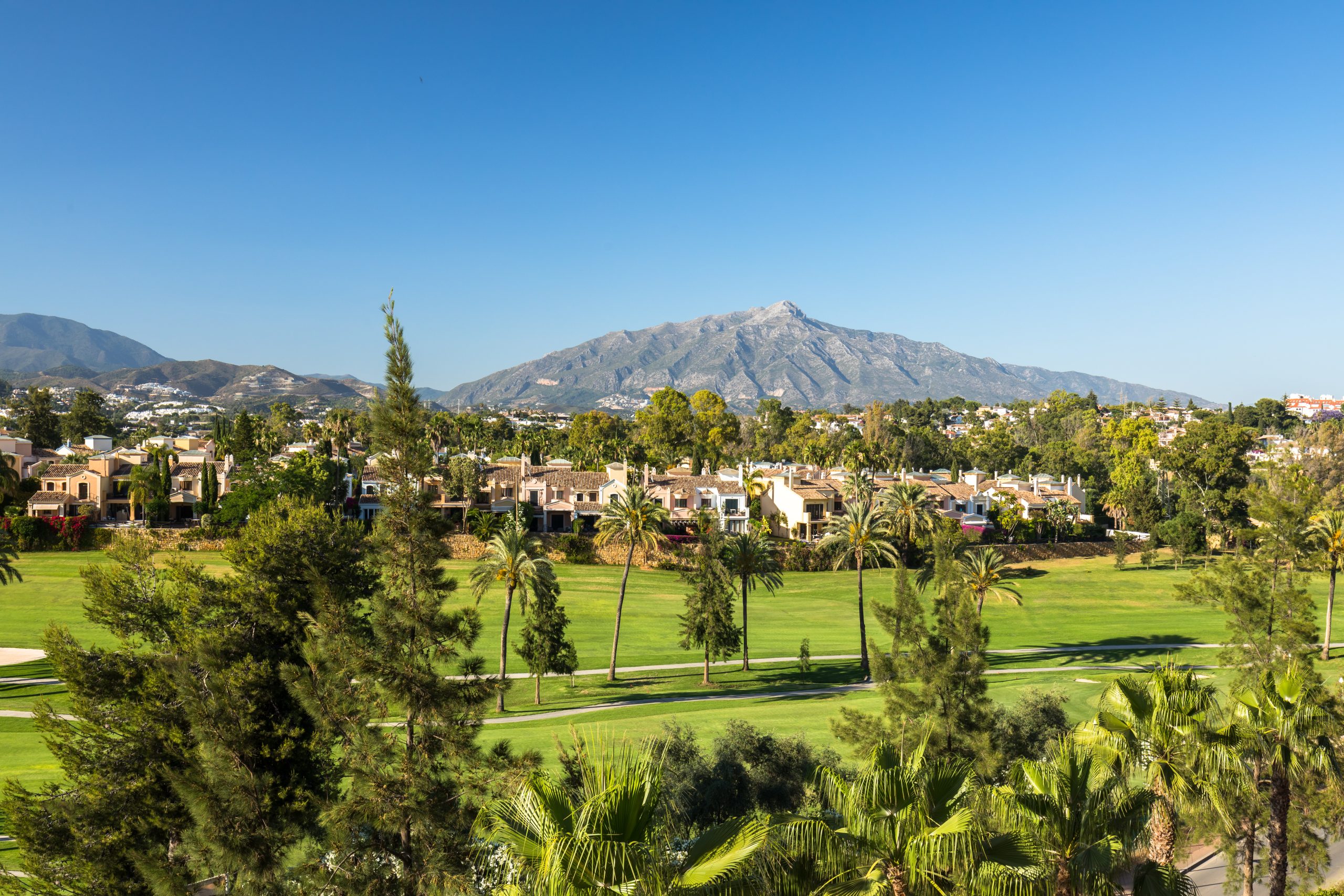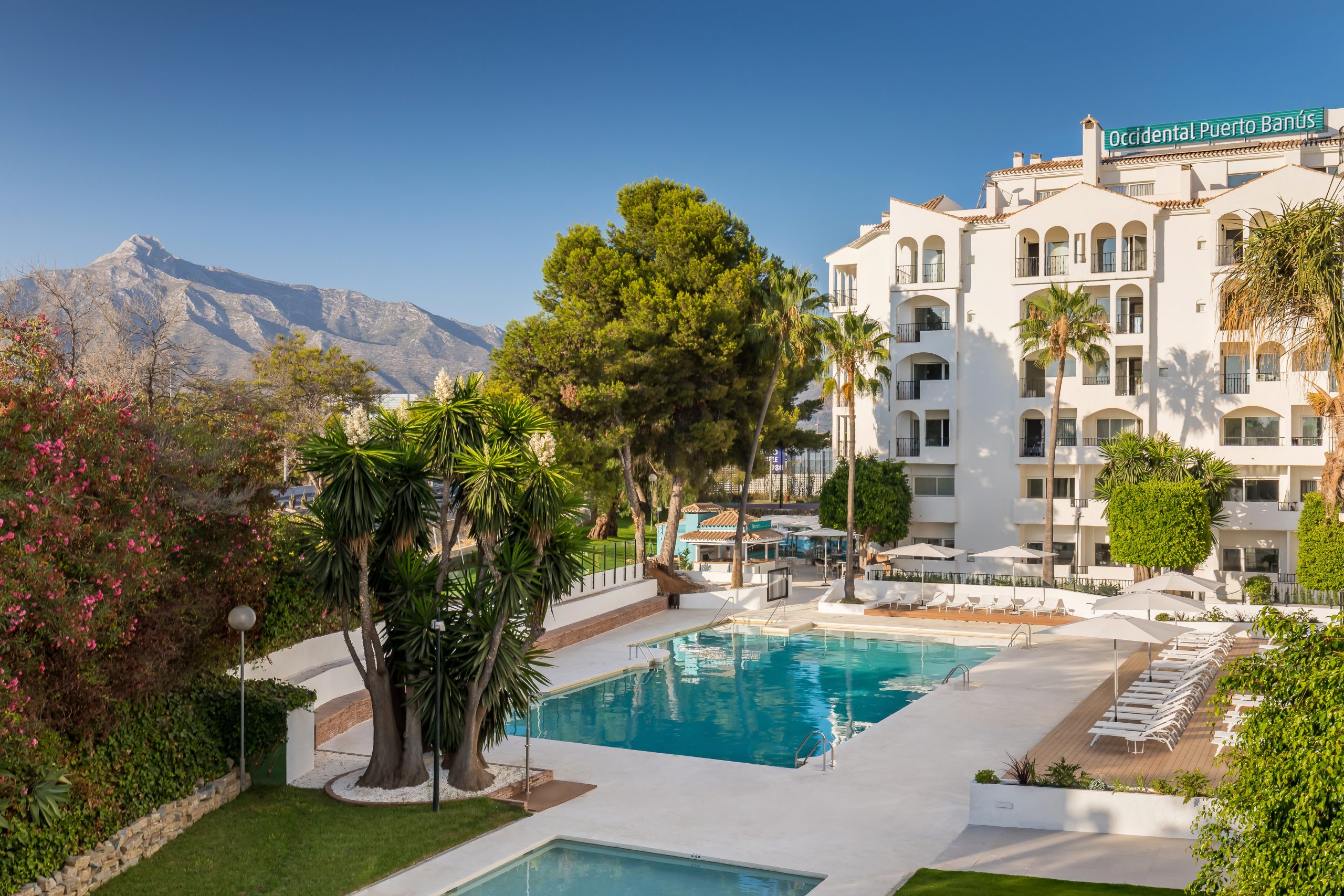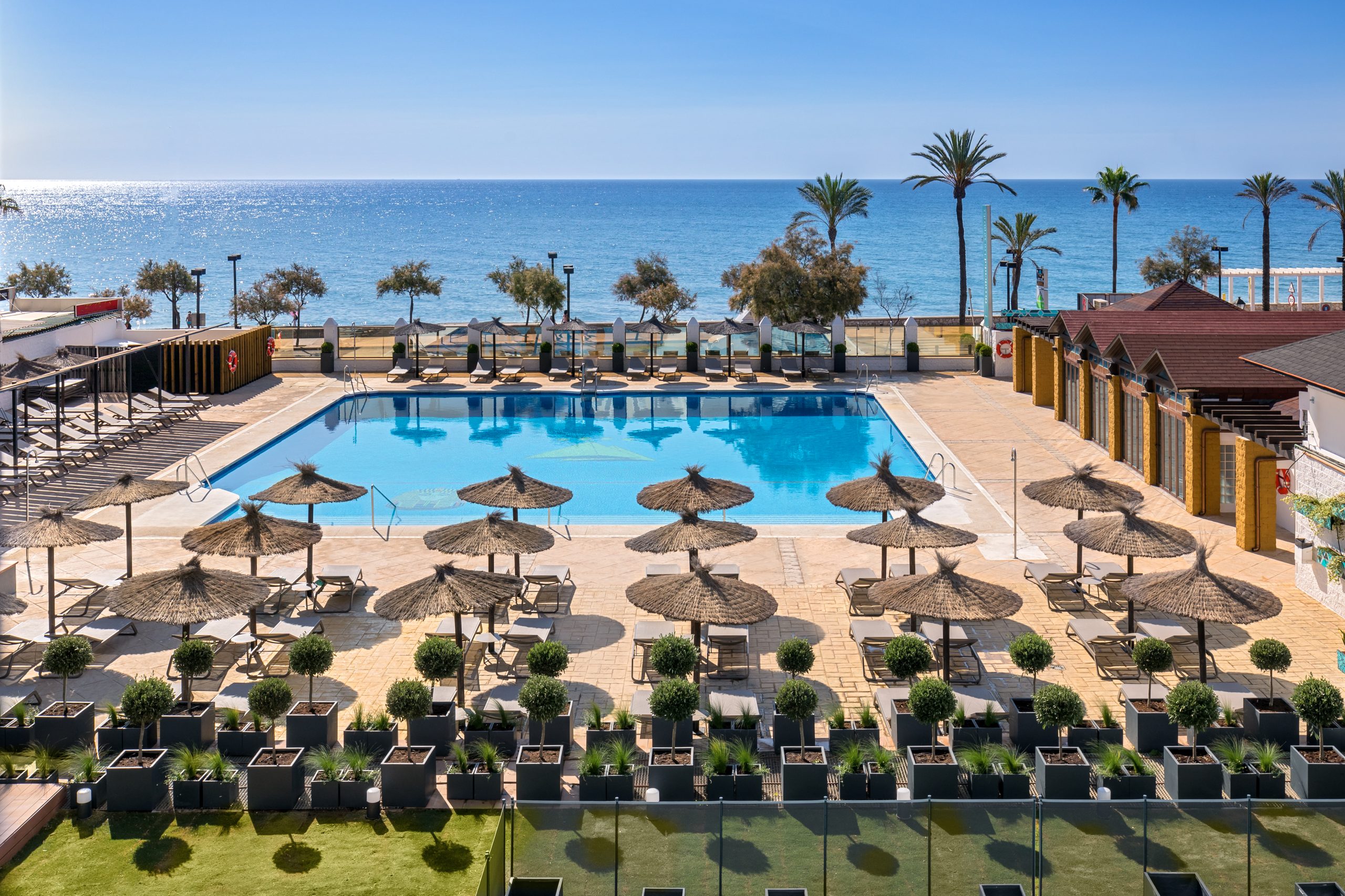Next to the historic centre of Málaga, high up on the slopes of Mount Gibralfaro, stands an enormous fortification with double defensive walls that dates back to Moorish times. Built in the eleventh century by the Berber king of the Taifa of Granada, Badis ibn Habus, the Alcazaba—meaning citadel in Arabic—dominates the city’s skyline and bay at a strategic point where a Phoenician fortress once stood. The compound, which spans 15,000 square metres and can now be visited by climbing up on foot or by taking the lift from Calle Guillén Sotelo in front of the City Hall building, does not account for even half of what it covered during its times of splendour. The citadel is protected by Gibralfaro Castle, built at the top of the hill in the fourteenth century and connected to the Alcazaba by a walled passage known as La Coracha. Exquisite on the inside with beautiful courtyards, gardens and ponds, on the outside the Alcazaba is a rock, an impenetrable fortress that the Catholic Monarchs could not even conquer, instead having to wait until it surrendered.
Alcazaba of Málaga: the history of an impenetrable fortress
Historians affirm that in order to build the Alcazaba the Muslims used the remains of the ancient Phoenician compound and many pieces from the Roman Theatre at the foot of the hill, which was discovered as recently as 1951. From there they lugged marble sculptures, columns and statues up the hill to adorn the fortress. Between the eleventh and fifteenth centuries, Málaga and the Alcazaba remained under the rule of various Muslim dynasties: the Almoravid dynasty (1092), the Almohad Caliphate (1146) and the Nasrid dynasty (1279). It was under the Nasrid Kingdom when the Alcazaba enjoyed its greatest splendour undergoing alterations that would convert it into an impenetrable fortress, whilst on the inside it acquired the kind of delicate beauty that is seen in the architecture of the Alhambra of Granada. Finally, in 1340, the Nasrid King Yusuf I would build Gibralfaro Castle at the top of the hill.
The Alcazaba overcame its first baptism of fire during the siege to which it was subjected by the Catholic Monarchs between May and August 1487. For four months the Muslim army, formed of 15,000 men as opposed to the 80,000 Christians, resisted, until mid-August when the merchant Ali Dordux surrendered the citadel after having negotiated his status as a Mudéjar. The castle, ruled by the last Muslim governor of Málaga, Hammet el Zegrí, gave in two days later due to a lack of provisions. On 18 August, the Catholic Monarchs triumphantly entered Málaga.
The fortress was maintained in good conditions until the seventeenth century when two events contributed to its deterioration: the severe earthquake of 1680, and the damage caused by an attack by French ships in 1693 during the Nine Years’ War. From then the fortress was employed for various uses, including a prison, hospital and even homes located on the lower part, until the thirties when rehabilitation work began and the compound was declared Historical Heritage of Spain (now an Asset of Cultural Interest).
Inside the Alcazaba: the Plaza de Armas square, the Palace and the keep
There are two ways to enter the Alcazaba and Gibralfaro Castle: by using the lift that takes you directly to its highest point, or by foot along a ramp with steps that takes you to the Arco del Cristo, which is our chosen method so as not to miss any important features. Once you have passed through the gateway in the exterior wall, you will come to the Plaza de Armas [Weapons Square], named as such as it was where the artillery cannons were installed after the Christian conquest. In addition to its magnificent views of the city, the square stands out for its beautiful garden, its location next to the Torre de la Vela tower, and the Puerta de la Coracha gateway, which takes you to the walled passageway that connects with the castle.
On the way up you will come to the Puerta de los Siete Arcos gateway, the walled compound’s only entrance above the fortress, protected by the tower keep Torre del Homenaje. Through here you can enter the Palace, where you will find the rooms in which the Taifa kings lived and, later on, the Nasrid dynasty. This area, known as the Cuartos de Granada, boasts Nasrid-style architecture that is very reminiscent of the inside of the Alhambra.
The Palace is structured around three courtyards, the first of which is the Los Surtidores courtyard, which has a central fountain and original arches from the Caliphate period. From the courtyard you can access Armadura Mudéjar Tower which has a wooden coffered ceiling from the sixteenth century and a detailed model of the Alcazaba, as well as Maldonado Tower, which offers beautiful panoramic views of Málaga. From here you will come to the outstanding Nasrid Palace and its beautiful Orange Tree Courtyard. Following on from this is the third courtyard in which lie the ruins of an eleventh-century military quarter with homes where the fortress’ guards and servants lived. Notice how all of the houses have a drainage system and a latrine, which proves the sophisticated levels of civilisation that existed in the kingdoms of al-Andalus. After the quarter rises the Torre del Homenaje tower keep dating from the fourteenth century, which is today in a state of semi-ruin.
On your way down from the Alcazaba, we recommend stopping to see the Roman Theatre that was discovered right at the foot of the fortress in 1951. Right next to it is a visitors’ centre where you can learn, by mean of technology, about the history of the theatre that was built in the first century AD and was plundered by the Moors centuries later to build the Alcazaba.

























































